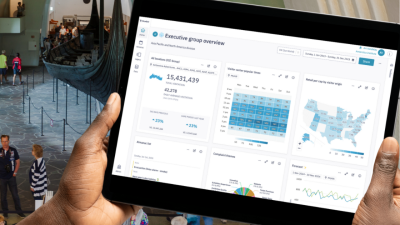Why is accessibility a futurist issue? Because, trends being what they are, we face a future in which a growing proportion of American society will have accessibility challenges. For example:
- Today, 1in 8 Americans are older than 65. In 2034, the ratio will jump to 1 in 5. While we continue to make advances in healthy aging, this will mean a larger segment of our audience has limitations to mobility, vision, hearing and cognition.
- The US obesity rate has doubled since 1980, with almost a third of our population currently classified as obese. While this trend is showing signs of leveling off, it will continue to lead to higher incidence of weight-related illness such as hypertension and diabetes, and secondary impairments such as glaucoma, cataracts,neuropathy, heart disease, hypertension and depression.
- Autism appears to be increasing in recent decades, and this does not appear to be entirely due to changes in how it is diagnosed.
So, important as museum accessibility is now, it will be even more so in the future. For that reason, I would like to draw your attention to the upcoming LEAD conference on inclusion and culture. (LEAD=Leadership Exchange in Arts and Disability.) As the conference description says:
Skip over related stories to continue reading article“LEAD participants explore innovations in human-centered design and technologies, and influence the direction of future accessible cultural experiences. More importantly, LEAD participants advocate for theaters and museums as vital to the lives of all people in their communities by inclusion of people of all ages and all abilities. Nobody is left behind, nobody is left out when professional cultural administrators LEAD the future.”
The conference will take place August 25-29, 2010, in San Diego (and the San Diego Zoo is a partner in the conference planning!) More information available from the Kennedy Center website here. And if you do go, how about contributing a guest post for this blog about what you learned?









Comments